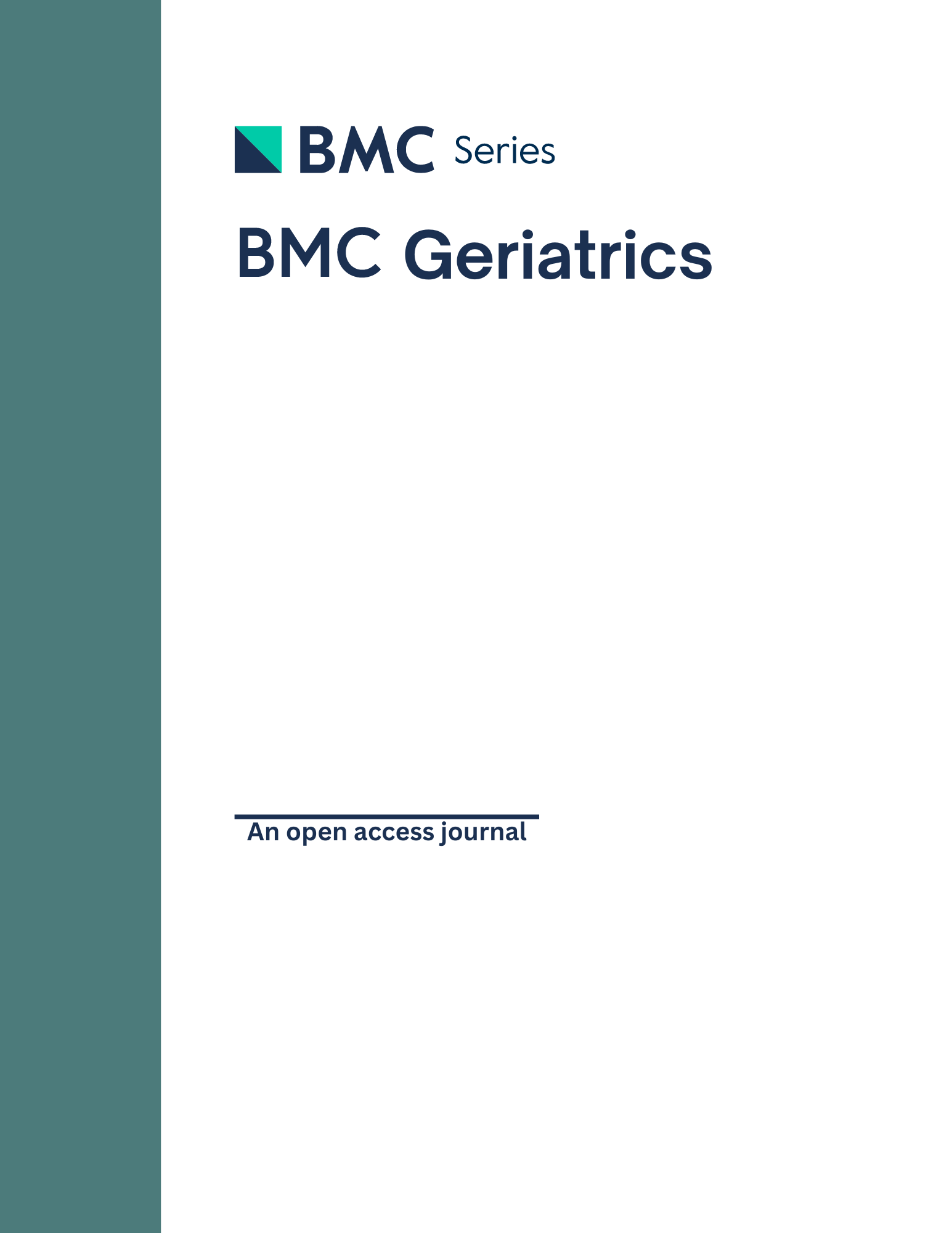
Geriatric care improves free-living physical behaviour after hip fracture surgery

Geriatric care improves free-living physical behaviour after hip fracture surgery
The long-term effect of being treated in a geriatric ward compared to an orthopaedic ward on six measures of free-living physical behavior 4 and 12 months after a hip fracture - a randomised controlled trial
BMC Geriatr. 2015 Dec 4;15:160Did you know you're eligible to earn 0.5 CME credits for reading this report? Click Here
Synopsis
397 hip fracture patients were randomised to either comprehensive geriatric care (CGC) in a geriatric ward or orthopaedic care (OC) in an orthopaedic ward. The purpose of this trial was to compare the long-term effects on the free-living physical behaviour of hip fracture patients between the geriatric ward and the orthopaedic ward. Greater improvements in free-living physical behaviour, such as longer periods spent upright, were seen at both 4-month and 12-month follow-ups in the patients managed with comprehensive geriatric care compared to those managed with orthopaedic care.
Was the allocation sequence adequately generated?
Was allocation adequately concealed?
Blinding Treatment Providers: Was knowledge of the allocated interventions adequately prevented?
Blinding Outcome Assessors: Was knowledge of the allocated interventions adequately prevented?
Blinding Patients: Was knowledge of the allocated interventions adequately prevented?
Was loss to follow-up (missing outcome data) infrequent?
Are reports of the study free of suggestion of selective outcome reporting?
Were outcomes objective, patient-important and assessed in a manner to limit bias (ie. duplicate assessors, Independent assessors)?
Was the sample size sufficiently large to assure a balance of prognosis and sufficiently large number of outcome events?
Was investigator expertise/experience with both treatment and control techniques likely the same (ie.were criteria for surgeon participation/expertise provided)?
Yes = 1
Uncertain = 0.5
Not Relevant = 0
No = 0
The Reporting Criteria Assessment evaluates the transparency with which authors report the methodological and trial characteristics of the trial within the publication. The assessment is divided into five categories which are presented below.
3/4
Randomization
3/4
Outcome Measurements
4/4
Inclusion / Exclusion
4/4
Therapy Description
4/4
Statistics
Detsky AS, Naylor CD, O'Rourke K, McGeer AJ, L'Abbé KA. J Clin Epidemiol. 1992;45:255-65
The Fragility Index is a tool that aids in the interpretation of significant findings, providing a measure of strength for a result. The Fragility Index represents the number of consecutive events that need to be added to a dichotomous outcome to make the finding no longer significant. A small number represents a weaker finding and a large number represents a stronger finding.
Why was this study needed now?
Hip fractures are often sustained in the elderly and frail population and require extensive postoperative rehabilitation to achieve pre-fracture level functionality. Measures of free-living physical behaviour can provide information about the success of the intervention in terms of the impact on the patients’ daily life. However, the free-living physical behaviour of patients in daily life has yet to be studied, leading to the objective of this study.
What was the principal research question?
Are there superior long-term effects with regards to free-living physical behaviour in elderly patients with hip fractures randomised to postoperative care at either a geriatric ward or an orthopaedic ward, as assessed over a 12-month period?
What were the important findings?
- Level of physical behaviour measured by mean daily upright time significantly favoured the CGC group compared to the OC group at 4 months (Mean difference (MD) 34.6 minutes; CI 9.6 to 59.6, p=0.007) and at 12 months (MD 27.7 minutes; CI 3.5 to 51.8, p=0.025)
- Significantly higher mean duration of upright events was seen in the CGC group compared to the OC group at 4 months (MD 0.6; CI 0.1 to 1.2, p=0.019) and at 12 months (MD 0.6; CI 0.1 to 1.1, p=0.033)
- Maximum length of upright events was significantly longer in the CGC group compared to the OC group at 4 months (MD 7.2; CI 0.3 to 14.1, p=0.042) and at 12 months (MD 7.2; CI 0.5 to 13.9, p=0.046)
- Median and variation in length of upright events were not significant between the two groups at 4 or 12 months (p>0.05)
- There were no statistically significant group differences for number of upright events at either 4 or 12 months
What should I remember most?
Longer time was spent upright every day in hip fracture patients given postoperative comprehensive geriatric care compared to patients who were designated to the orthopaedic ward postoperatively. Mean and maximum lengths of postoperative upright events also favoured the geriatric ward patients, however, changes in the median, variability in, and the number of upright events were non-significant between groups.
How will this affect the care of my patients?
Based on results of this study, comprehensive geriatric care may provide a more favourable postoperative impact for older hip fracture patients when compared to orthopaedic care. Future trials should study the impact of improved physical function with improved free-living physical behaviour to determine whether there is a correlation between the two variables.
Learn about our AI Driven
High Impact Search Feature
Our AI driven High Impact metric calculates the impact an article will have by considering both the publishing journal and the content of the article itself. Built using the latest advances in natural language processing, OE High Impact predicts an article’s future number of citations better than impact factor alone.
Continue



 LOGIN
LOGIN

Join the Conversation
Please Login or Join to leave comments.